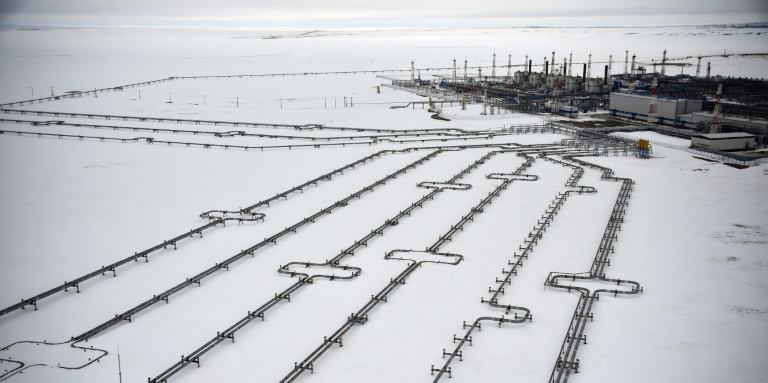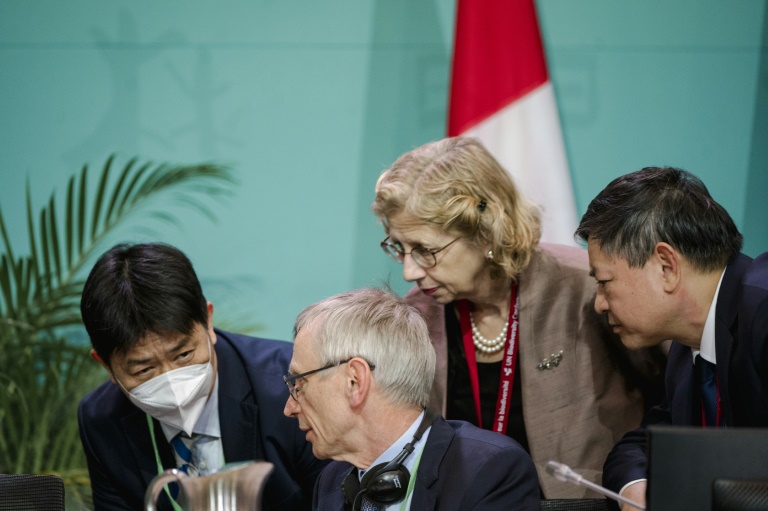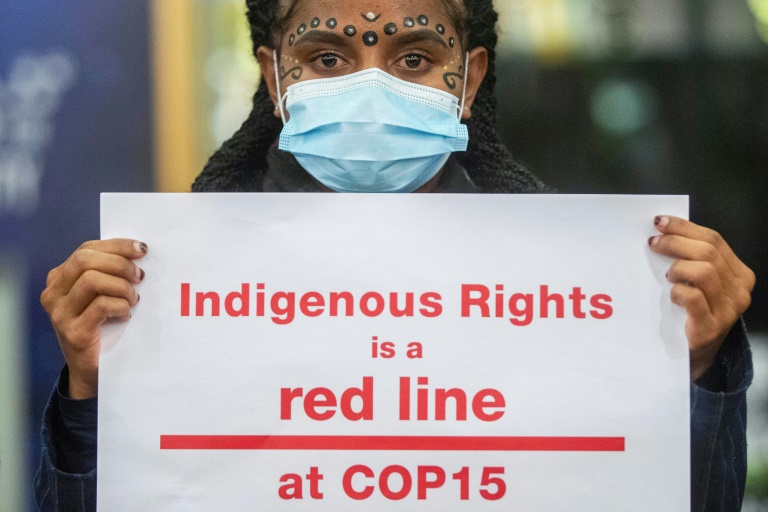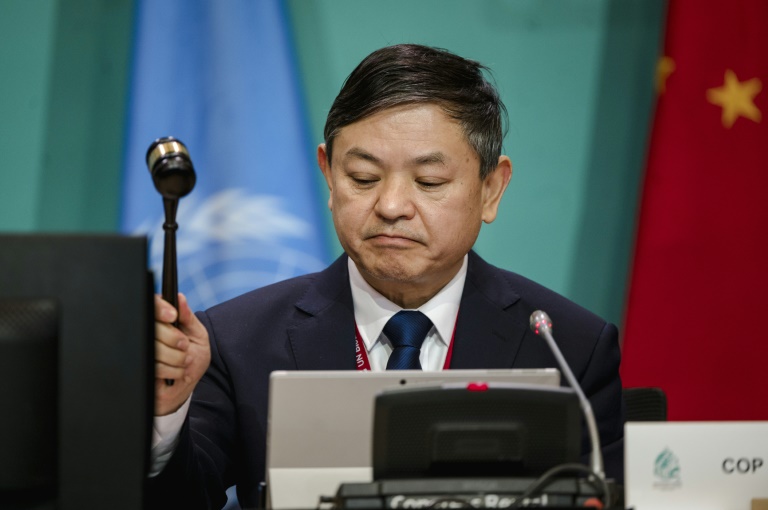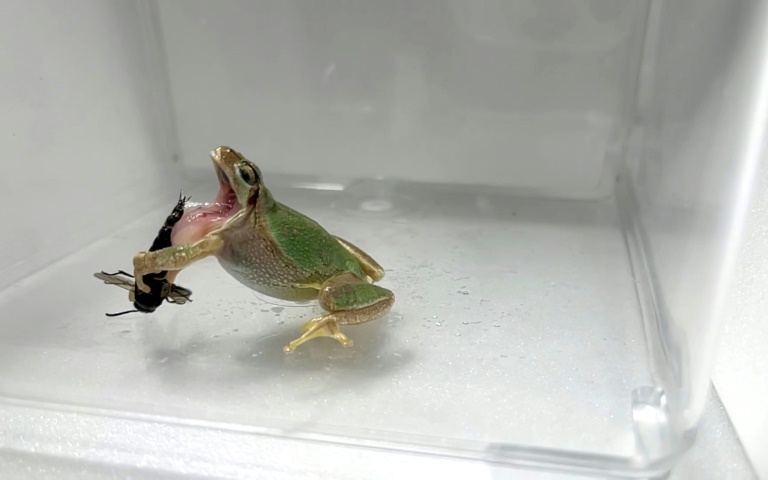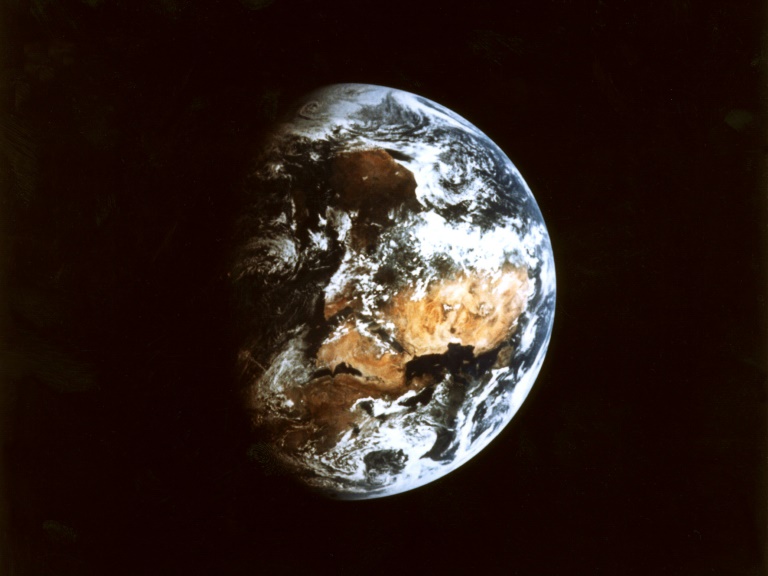The operator of the controversial Nord Stream 2 pipeline from Russia to Germany — criticised by some Western countries as a geopolitical weapon — said on Monday it had begun filling the pipeline with gas.
The latest step pushing the Baltic Sea pipeline to completion comes as Europe faces an energy crisis with natural gas reserves at a low level and energy prices surging.
“The gas-in procedure for the first string of the Nord Stream 2 pipeline has started,” Nord Stream 2 AG said in a statement.
“This string will be gradually filled to build the required inventory and pressure as a prerequisite for the later technical tests,” said the Switzerland-based company, which is owned by a subsidiary of Russian gas giant Gazprom.
It said it would publish more information about “further technical steps in due time”.
Nord Stream 2 has for years divided European capitals and raised tensions between the bloc and Washington.
The pipeline diverts supplies from an existing route through Ukraine and is expected to deprive Europe’s ally of an estimated one billion euros ($1.2 billion) annually in transit fees from Russia.
Ukraine — in conflict with Russia since Moscow’s 2014 annexation of Crimea — has warned Europe that Nord Stream 2 could be used by Moscow to exert pressure.
The United States has reluctantly signed off on the project, but says it will sanction Moscow if the pipeline is used as a weapon.
– ‘Geopolitical project’ –
“We continue to oppose this pipeline,” US State Department spokesman Ned Price said on Monday.
“We continue to believe it is a geopolitical project of the Russian Federation and we will continue to apply the law consistent with our periodic reviews which, of course, remain ongoing.”
When Gazprom announced last month that construction was complete, Kiev vowed to continue lobbying against the project “even after the gas is turned on”.
Gas prices in Europe around the same time were skyrocketing in anticipation of higher winter demand and the International Energy Agency urged Russia open the taps.
Moscow has said that it is waiting for Nord Stream 2 to come online before delivering more gas, but said the pipeline would help combat surging gas prices in Europe.
Running from Russia’s Baltic coast to northeastern Germany, the underwater, 1,200-kilometre (745-mile) pipeline follows the same route as Nord Stream 1, which was completed over a decade ago.
Like its twin, Nord Stream 2 will be able to pipe 55 billion cubic metres of gas per year to Europe, increasing the continent’s access to relatively cheap natural gas at a time of falling domestic production.
Germany, Europe’s top economy, imports around 40 percent of its gas from Russia, and Berlin believes the pipeline has a role to play in the country’s transition away from coal and nuclear energy.

